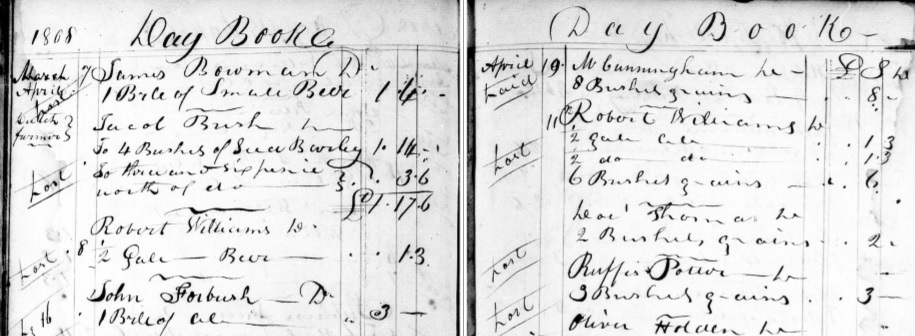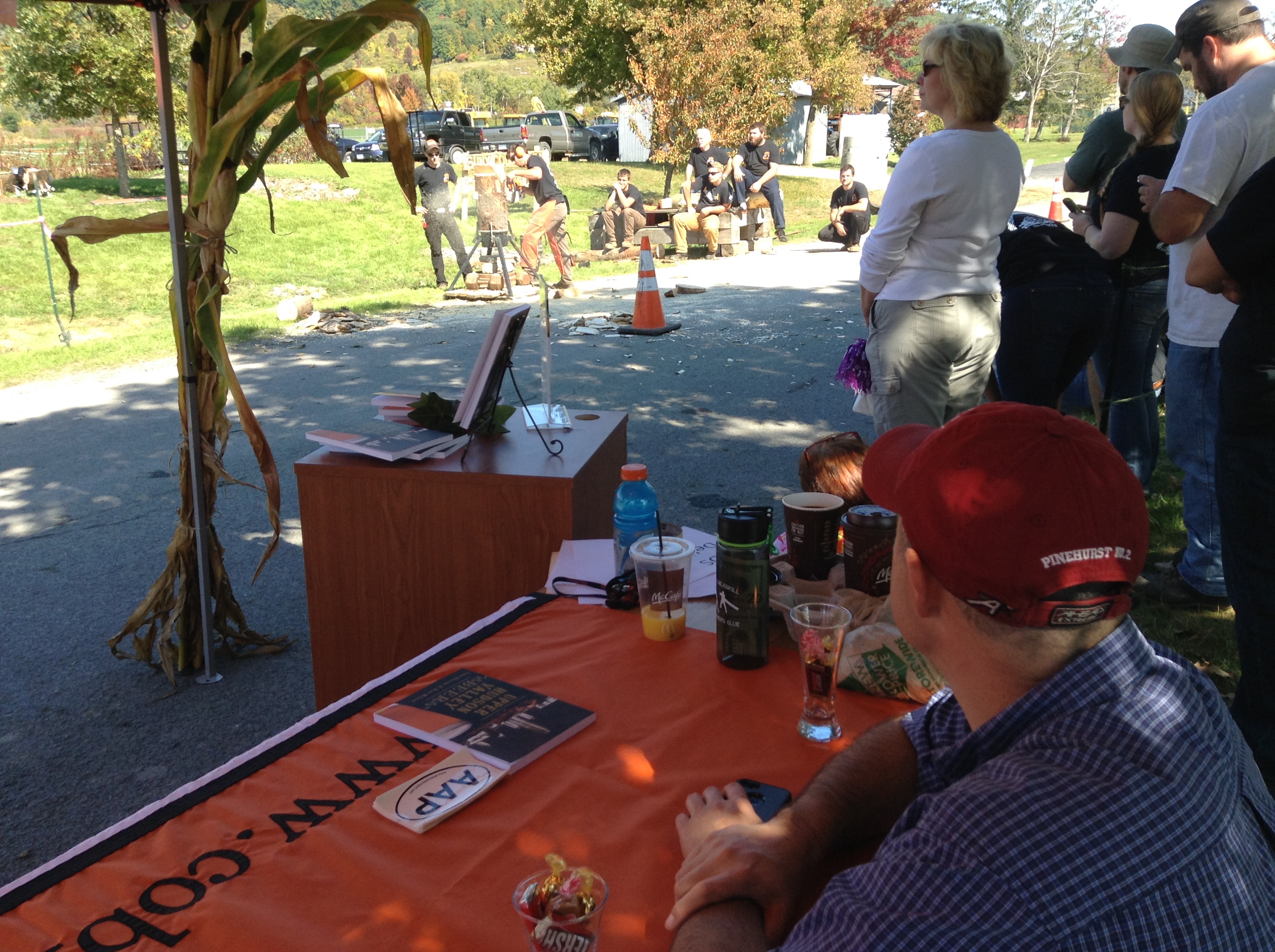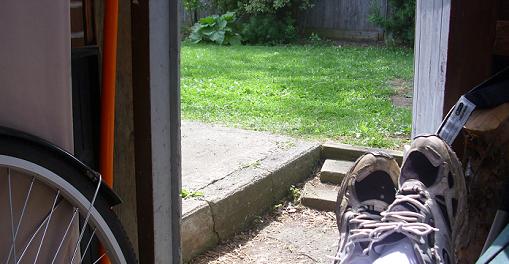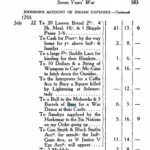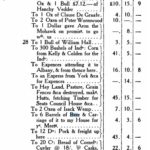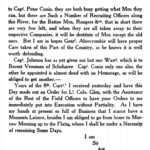 I have to say. I didn’t expect it. Don’t get me wrong. I have known for a long time that I love neighbourhood bars in the US. I spent a great summer evening a decade ago with pals of a pal in Maine watching the All-Star game in a place down by the working wharves. The place was the shape of a cinder block and was made up entirely of cinder blocks. I drank Allagash White and then PBR before the money ran out. I love the idea of walking down the block to a place for a beer even though it does not exist in much of Canada outside of the cities where green things don’t grow. Doesn’t exist in much of any place where the planners have played a role. But there it was. And there I was, too.
I have to say. I didn’t expect it. Don’t get me wrong. I have known for a long time that I love neighbourhood bars in the US. I spent a great summer evening a decade ago with pals of a pal in Maine watching the All-Star game in a place down by the working wharves. The place was the shape of a cinder block and was made up entirely of cinder blocks. I drank Allagash White and then PBR before the money ran out. I love the idea of walking down the block to a place for a beer even though it does not exist in much of Canada outside of the cities where green things don’t grow. Doesn’t exist in much of any place where the planners have played a role. But there it was. And there I was, too.
The photo above is from the end of the bar at the Allen Street Pub in Albany, New York. That’s it. If I was a cheese eating school boy, I might insert some sort of pretendy disclaimer but let’s be honest – free beer is “money + alcohol” innit. Paul gave us the run of the taps though I hope the tipping went some way to match the beers poured for us. There is no avoiding the history of the western world. The bar is owned by Craig’s pal of decades. Paul. The place opened right after prohibition ended and sits among houses on a side street. A municipal planner’s nightmare. It’s filled with local memorabilia with a definite lean towards Albany’s history of military service. It’s also filled with folk from nearby having a beer. Normal. Beer in a normal place.
Here’s the thing. Over the few hours we were there I came to the understanding that this was one of the greatest times in a bar I have ever had. It was perfect. It was so perfect that while one in our group was keen to take me on at an argument about craft beer, I realized I was sitting in a dark tiny pub in a foreign land sucking on a rosemary laced saison as Led Zep’s “Kashmir” roasted out the speakers. While, yes, dark and tiny it could serve as a test site for the Bose speakers Paul had installed. The narrow bar had five distinct spaces: cans in the rear, the cooler with its kegs and bottles, back of the bar plus the old bar top and the new one. If you look at that photo above you will see the division. Before he took it over and expanded, the tavern was just that bit at the front – maybe 18 by 30 feet tops. When we got in the place, we grabbed the back bar with its four seats. The front two-thirds of the place was already well settled by guys drinking macros or a shot or both having a good Friday night. Mere feet away I was having a pint of Black IPA with a balancing splash of brown ale handed to me. And then something else. Again, let’s be honest: I was not conflicted. I had given in. Only an idiot wouldn’t.
What did it all mean? It was more like a village pub in some place where I have family in Scotland than most places I had been in North America. Think I had only seen a place this small on this side of the Atlantic maybe in Newfoundland. No dive and not even a joint. A place in the neighbourhood. Normal. Three beer engines, too. He plans to add more. Paul is even running a cask festival in a few weeks. I expect to be in Canada when that is on. Probably in my basement watching TV. A couple of bus rides away from the next nearest good place to hang out. Thanks a lot, fifty years of urban design.





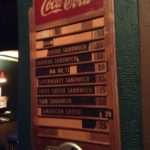
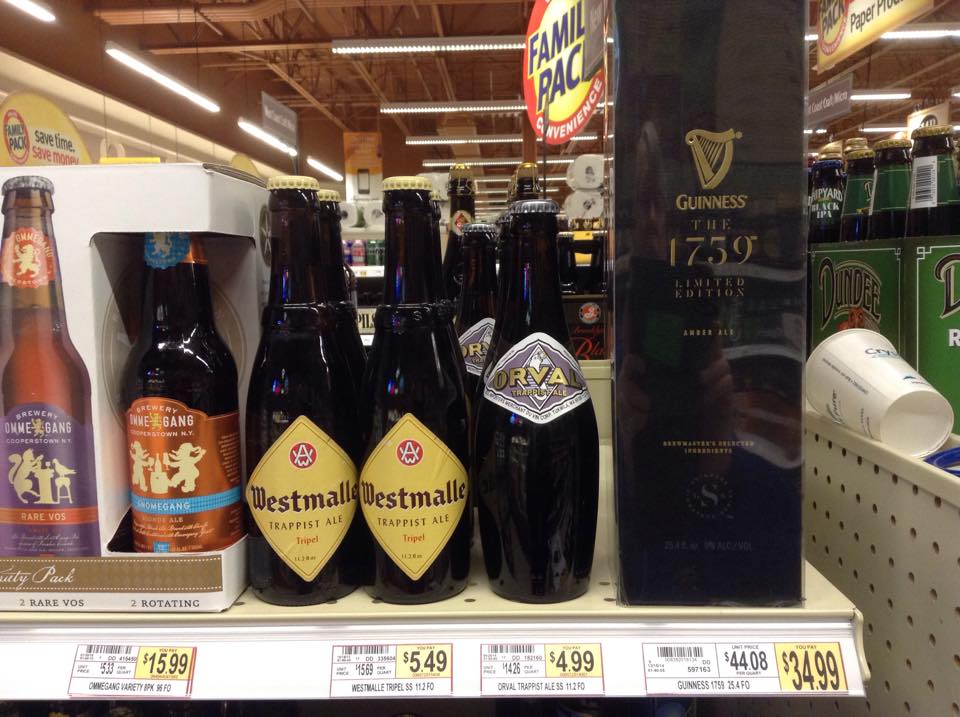
 We are asked to write about up and coming beer destinations for
We are asked to write about up and coming beer destinations for 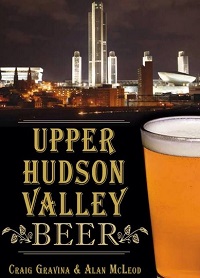 This weekend will find me at Albany attending the New York State Brewers Association second annual
This weekend will find me at Albany attending the New York State Brewers Association second annual 